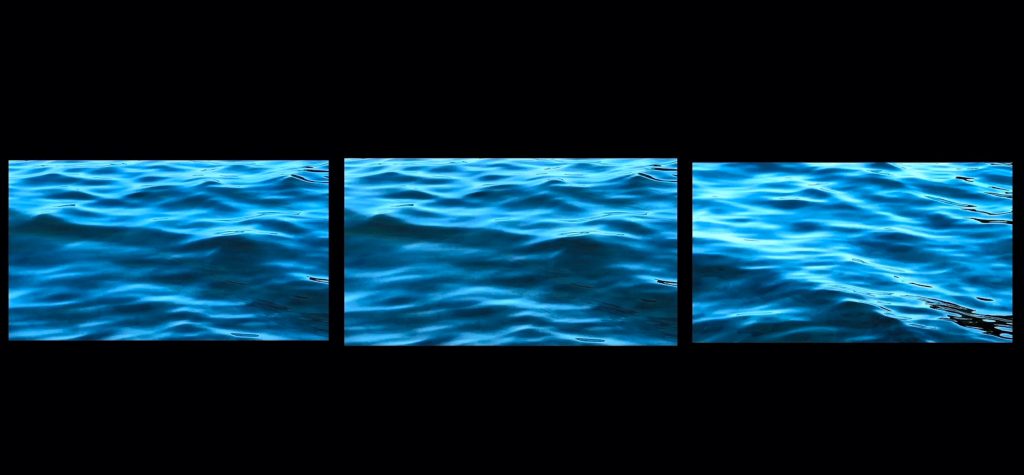Gallery of the Belgrade City Museum, August 22 – September 8, 2025
The exhibition Between the Shores: Danube Dialogues 2013–2024 is on view until September 8, 2025 at the Salon of the Belgrade City Museum (Bulevar kralja Aleksandra 30, Belgrade).
The curator of the exhibition is art historian Ksenija Marinković.

The exhibition Between the Shores brings together a selection of works by artists who have shaped the identity of Danube Dialogues — an international contemporary art festival held in Novi Sad over the past ten years, dedicated to connecting countries of the Danube macro-region: Germany, Austria, Slovakia, Hungary, Croatia, Serbia, Romania, Bulgaria, Moldova, Ukraine, Bosnia and Herzegovina, Slovenia, and Montenegro. In the spirit of openness and intercultural dialogue, the festival has also occasionally welcomed countries beyond the region, such as China and Japan, further expanding the network of artistic exchange and perspectives.
The exhibition features selected works by the following artists: Ulrike Kessl (Germany), Claudia Chaseling (Germany), Fritz Ruprechter (Austria), Franz Riedl (Austria), Eva Petrič (Austria/Slovenia), Christa Sommerer & Laurent Mignonneau (Austria), Rudolf Sikora (Slovakia), drMáriás (Hungary), Rokko Juhász (Hungary), Zlatan Vehabović (Croatia), Vladimir Frelih & Dragan Matić (Croatia and Serbia), Goran Despotovski (Serbia), Nataša Teofilović (Serbia), Čedomir Vasić (Serbia), Andrea Ivanović Jakšić (Serbia), Milorad Mića Stajčić (Serbia), Stevan Kojić (Serbia), Mira Brtka (Serbia), Ana Adam (Romania), Lea Rasovszky (Romania), Iglika Christova (Bulgaria), Ghenadie Popescu (Moldova), Milena Jovićević (Montenegro), Tina Dobrajc (Slovenia), Nela Hasanbegović (Bosnia and Herzegovina), Mladen Miljanović (Bosnia and Herzegovina), Sam Durant (USA).
Between the Shores is not only a spatial marker referring to rivers connecting the Danube countries, but also a liminal space — a place between the known and the unknown, the earthly and the spiritual, art and everyday life. In many mythologies, the river symbolizes a passage: in ancient Greek tradition, it is the Styx, the water that separates the world of the living from the dead, yet also connects them as a site of transformation, initiation, and inner change.
In that spirit, this exhibition opens a space for contemplation, remembrance, and new dialogue — in the moment as we remember and pay tribute to Sava Stepanov (1951–2024), a long-time artistic director whose work shaped the festival’s mission.
“Danube Dialogues, a festival of contemporary art, was initiated at a time when the turbulent, and sometimes even revolutionary, changes had subsided in many Danube countries. It is important to note that art in most of these countries today unfolds within democratic societies. The current state of democracy in the Danube region is better than ever before, despite the challenges imposed by economic crises and the painful transition processes in post-socialist nations. Contemporary art, through its own transformation, has become a kind of agent of authentic life information, encouraging and demanding dialogue and direct communication that can lead us to new knowledge and insights, toward a renewed sense of morality and ethics. Because, ‘ethics necessarily arise as a moral need’, as stated by Edgar Morin”, those were the words written in 2013 by Sava Stepanov.
Each festival cycle has been carefully curated with a clear thematic and critical backbone, grounded in both reality and Stepanov’s vision. His final contribution — On Self-Destruction and Against It (2024) — now resonates as a powerful closing note in an ongoing artistic and social reflection, especially in light of the war in Ukraine, which has dramatically reshaped the spiritual landscape of the region.
Recalling his final thematic impulse, the title Between the Shores becomes a metaphor for both life and artistic transition — a call to continue the dialogue, just like the rivers that connect us, even when physical presence fades.
